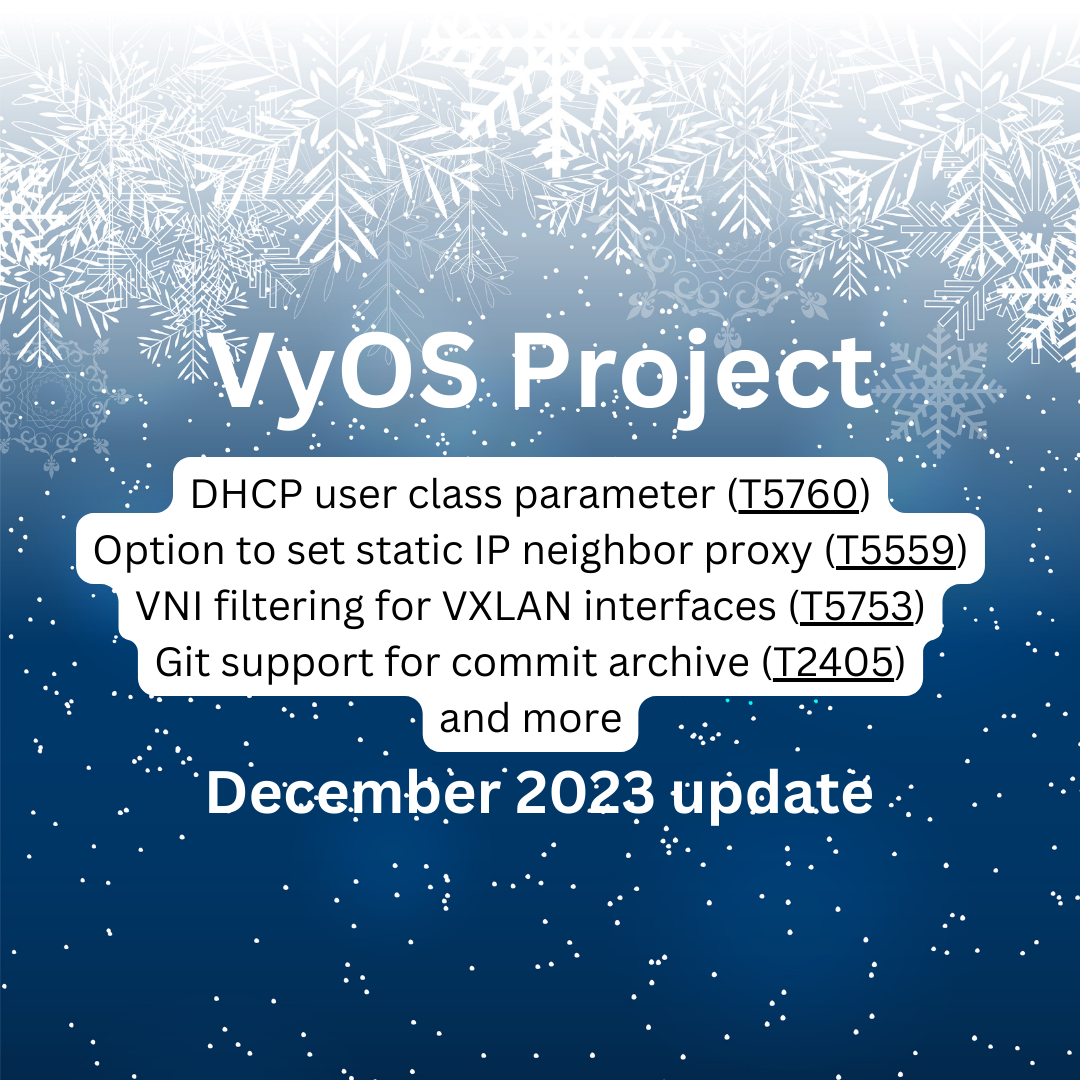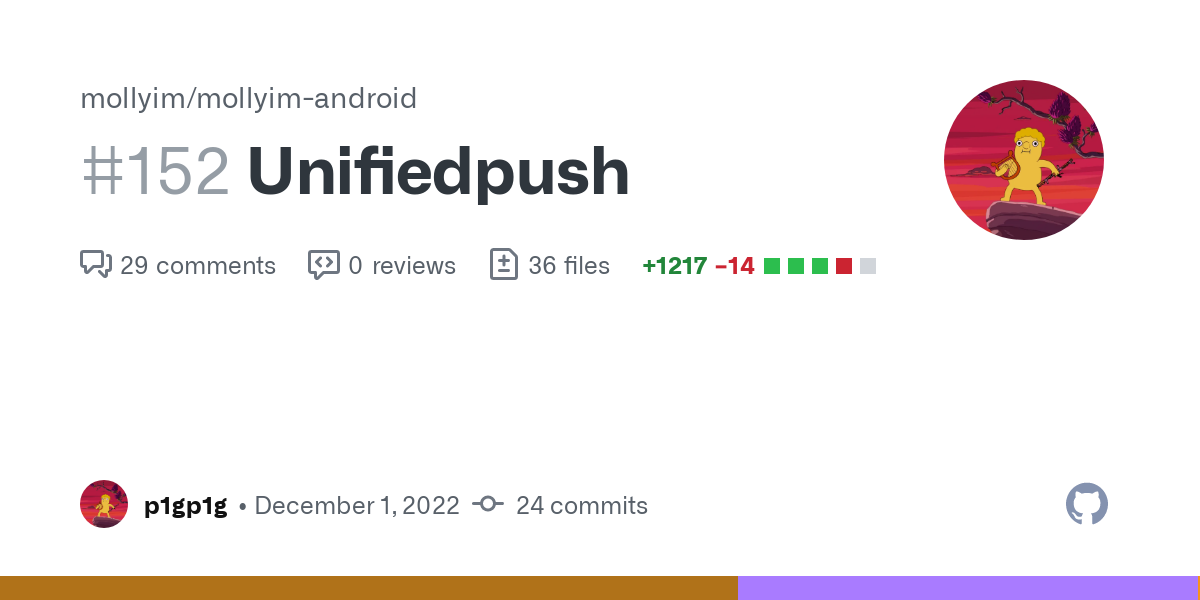

The root cause is that people are let off the hook. “Oh both candidates were bad, no point in voting.” Hell you hear that crap all the time “republican and republican lite.” It’s not even close to the truth and people saying it are just giving people excuses for being lazy and letting them off the hook.
I’m not trying to make them hurt. I think they will be by default and deserve to be reminded that doing nothing ensured it.
And if you would read what I wrote then you’d see that I am saying the Dems need to make changes sure but we also need to remind nonvoters they most definitely culpable for everything that happens in this administration. Why are you so averse to that? Afraid they might actually be forced to do some introspection and realize that they are part of the problem? Maybe they’ll finally take ownership and actually go vote?
For real- take the L and move on.















Id say the same to you. Agree to disagree. Im moving on.